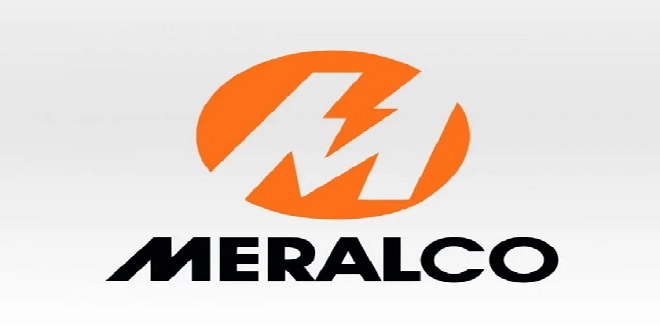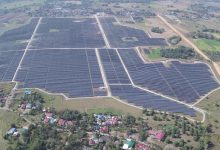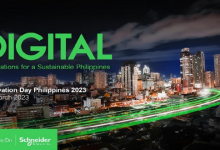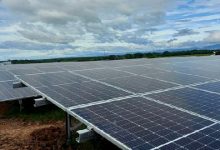
The Philippine economy has seen significant improvements in 2022, as evidenced by its real GDP growth. Among the major economies in the region, the Philippines posted the second fastest growth rate, behind only India and ahead of other countries such as Indonesia, Malaysia, Vietnam, and China. This positive economic performance is a sign of progress, but experts warn that more action is needed to sustain and maintain this growth in the future.

Sustaining the recovery of the Philippine economy requires specific measures to address lingering challenges. During the Power Up Live Webinar hosted by Meralco, experts highlighted the importance of pursuing more sustainable energy solutions, such as transitioning to green energy, increasing the use of electric vehicles (EVs) to support decarbonization, and promoting green-certified spaces.
These actions have been linked to the continued acceleration of economic growth in the country. The webinar, which was titled “Philippine Energy and Economy Update,” provided valuable insights on ASEAN and local perspectives on energy and the economy and their impact on the commercial and industrial sectors.
Recovery is underway
The National Economic and Development Authority (NEDA) reported during the Power Up Live Webinar that the Philippines’ gross domestic product (GDP) expanded by 7.8 percent in the first semester of 2022, despite the increase in COVID-19 cases caused by the Omicron variant. The growth was driven mainly by domestic demand on the expenditure side and the tourism and services industries on the supply side. This upward trend was further boosted by the increased willingness of Filipino consumers to spend and travel due to high vaccination rates and relaxed mobility restrictions. However, some sectors such as transport, hospitality, mining, and manufacturing remained below pre-pandemic levels.
These statistics highlight the need for specific policy interventions aimed at generating productive employment that provides adequate income for Filipinos and their families. Despite these challenges, the webinar participants noted that the recovery is underway with robust domestic demand, which is expected to sustain the country’s growth momentum as the economy fully reopens. The country’s GDP is expected to grow by 6.5 to 8 percent by 2028.
The government has an 8-point economic plan to achieve its economic targets, which includes creating programs and legislation to, among other things, protect the purchasing power of families and create more jobs. Additionally, the transition to clean and renewable energy was emphasized to improve energy security and lower energy costs in the country.
Dr. Prinyantha Wijayatunga, Chief of the Energy Sector Group at the Asian Development Bank (ADB), stated that the transition to green energy is an important step forward. In his presentation, titled “ADB’s New Energy Policy: Implications in Developing Asia,” he noted that the energy sector is a cross-sectoral industry that affects many aspects of a country, particularly the economy. He said, “The energy sector should not be taken as a single sector to proceed with development. We must consider the energy sector part of an overall cross-sectoral intervention. If you take any project, it’s cross-sectoral, not just a single energy project.”
The shift to sustainability
With roughly 350 million people across the globe still without adequate energy supply and 250 million with no access to electricity, the power industry is seen as a sector with vast opportunities, particularly in the ASEAN region where the International Energy Agency predicts that electricity demand will double by 2040. Many countries are transitioning to low-carbon energy sources to meet this demand and minimize the effects of climate change. The Asian Development Bank (ADB) believes the way forward is decarbonization – reducing carbon dioxide emissions through the use of low-carbon or clean and renewable energy sources, decreasing energy intensity, digitalization, and decentralization. This shift can help increase a country’s GDP by lowering energy costs and other benefits.
Other industries in the Philippines are ready to embrace sustainable energy. For example, the use of electric vehicles (EVs) to support decarbonization is viable in the country, thanks to the Electric Vehicle Industry Development Act (EVIDA), said Maria Fe Perez-Agudo, President of the Association of Vehicle Importers and Distributors. However, this can only work if stakeholders collaborate to build the right ecosystem. The real estate industry was among the first to adopt sustainable energy, thanks to the Philippine Green Building Code of 2016, which encourages the construction of green-certified spaces to promote sustainability and minimize the adverse effects of buildings on health and the environment.
Meralco, a leading electric distribution company in the Philippines, serves 7.5 million customers in Luzon and is responsible for 60% of GDP. With the insights shared by experts and leaders during the Power Up Live webinar, the company hopes to empower and support the Philippine economy further in its journey towards growth. “We know that for the economy to prosper, we need a reliable and sufficient supply of energy. We have been investing heavily in our electric distribution network, and we stand ready to provide the kind of electric service needed by our local companies, partners, and customers to compete in the global market,” said Joebet Isaac Del Rosario, Meralco’s Lead Specialist for Forecasting, Utility Economics.
For more information on Meralco’s services, please visit https://corporatepartners.meralco.com.ph/products-services-and-programs/power-forums.







